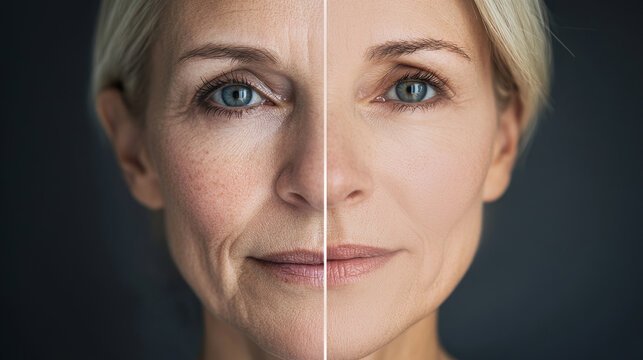Experience
I remember the first time I stumbled upon an article describing aging as a disease. It was such a strange but fascinating thought. For most of my life, I believed aging was just a natural process—something inevitable, like the sun setting every day. But reading about how scientists are now approaching aging as a treatable condition completely changed my perspective. The more I dug into anti-aging treatments and longevity research, the more I realized that what once sounded like science fiction is slowly becoming a reality.
Introduction
For centuries, humans have searched for the “fountain of youth.” Today, that search is no longer just a myth—it’s turning into real science. Researchers now define aging as a collection of biological processes, including DNA damage, cell senescence, and inflammation, which can be targeted like any other disease. By treating aging at its root causes, we may be able to extend not just lifespan, but healthspan—the years we live free of disease and disability.
This review explores how aging is being redefined as a disease, the future of anti-aging treatments, and what it means for ordinary people who want to live longer, healthier lives.
Features
- The Concept of Aging as a Disease
- Aging is not just “getting older”—it’s a biological decline driven by cellular damage.
- The World Health Organization (WHO) has already classified aging-related decline under the International Classification of Diseases (ICD), which opens the door for medical research and treatment development.
- Breakthroughs in Anti-Aging Treatments
- Senolytic Drugs: Designed to eliminate senescent (zombie) cells that accelerate aging. Studies show improvements in heart health, kidney function, and mobility in animals.
- Gene Therapy & CRISPR: Scientists are experimenting with genetic reprogramming to reverse aging markers and restore youthful cell functions.
- Stem Cell Regeneration: Regenerative therapies that replace damaged tissues are being tested for conditions like Parkinson’s, arthritis, and even cognitive decline.
- NAD+ Boosters & Metabolic Compounds: Supplements like NMN and NR that restore cellular energy, showing promise in improving metabolism and slowing aging.
- Artificial Intelligence in Longevity Research: AI is being used to identify compounds that can extend lifespan faster than traditional research.
- The Future of Longevity Medicine
- Scientists predict that within the next 20–30 years, anti-aging therapies could become as common as today’s vaccines.
- The focus is not just on living longer but on reducing age-related diseases such as cancer, Alzheimer’s, and cardiovascular problems.
- This new field is sometimes called geroscience—the science of targeting aging itself to prevent multiple diseases at once.
- Challenges and Ethical Concerns
- Safety: Will long-term use of anti-aging treatments be safe?
- Accessibility: Will these therapies only be available to the rich, or can everyone benefit?
- Social Impact: If people routinely live past 100 in good health, how will it affect jobs, pensions, and population growth?
- What You Can Do Today
While we wait for advanced treatments, lifestyle choices still play the biggest role in slowing aging:- Eat a nutrient-rich diet (Mediterranean-style).
- Exercise regularly.
- Get quality sleep.
- Manage stress and practice mindfulness.
Combining these habits with upcoming medical breakthroughs could revolutionize how we age.
Conclusion
The future of anti-aging treatments is incredibly exciting. By treating aging as a disease, scientists are unlocking possibilities that could reshape human health. While a complete cure for aging is not yet here, senolytics, gene editing, stem cell therapies, and NAD+ boosters represent real progress. We may not have achieved immortality, but we are learning how to add more healthy, active years to life.
